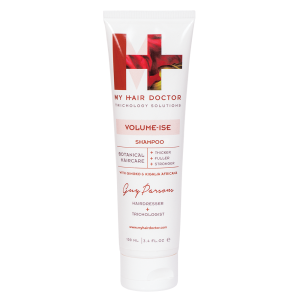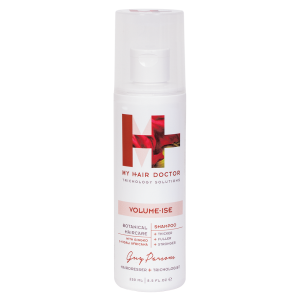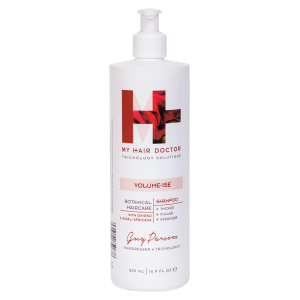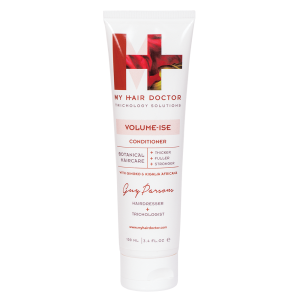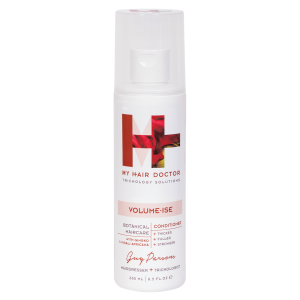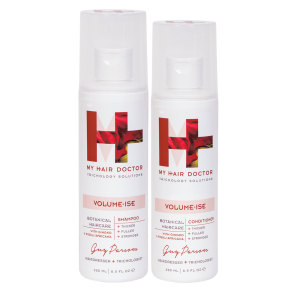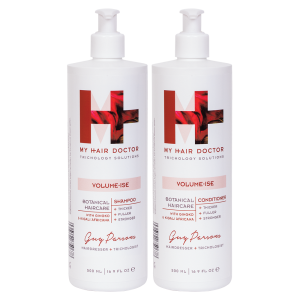Hair Loss Women, Hair Science
Can Anemia Cause Hair Loss
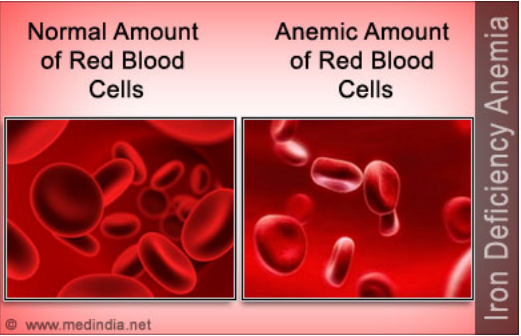 A review of 40 years of research shows that iron deficiency has a much closer link to hair loss than most doctors realise. It may be the key to restoring hair growth. Not every study shows a link between iron deficiency and hair loss. There’s not enough hard evidence — yet — to make iron-deficiency screening a routine procedure for people with hair loss. The major finding is that whatever the cause of hair loss — for both women and men — having too little iron in the blood makes it worse.
A review of 40 years of research shows that iron deficiency has a much closer link to hair loss than most doctors realise. It may be the key to restoring hair growth. Not every study shows a link between iron deficiency and hair loss. There’s not enough hard evidence — yet — to make iron-deficiency screening a routine procedure for people with hair loss. The major finding is that whatever the cause of hair loss — for both women and men — having too little iron in the blood makes it worse.
CAN ANAEMIA CAUSE HAIR LOSS?
Anaemia can contribute to hair loss. It occurs when the body lacks red blood cells or haemoglobin, which carry oxygen to tissues and organs, including hair follicles. Insufficient oxygen reaching the hair follicles can affect their growth cycle and lead to hair loss.
Iron-deficiency anaemia is the most common type of anaemia, characterised by low levels of iron in the body. Iron is crucial for producing hemoglobin, which carries oxygen to cells, including hair follicles. Low iron levels can reduce oxygen supply to the scalp, leading to hair thinning and loss.
Vitamin deficiency anaemia can also cause anaemia, resulting from a lack of vitamins such as B12, B6, and folic acid. These vitamins are essential for producing red blood cells and maintaining healthy hair follicles. Insufficient levels of these vitamins can cause hair to become thin and fall out.
Certain chronic diseases, such as chronic kidney disease or autoimmune disorders like rheumatoid arthritis or lupus, can lead to anaemia, which may affect the body’s ability to produce red blood cells or interfere with nutrient absorption, resulting in hair loss as a secondary symptom.
If you are experiencing hair loss and symptoms of anaemia, such as fatigue, weakness, pale skin, or shortness of breath, it is essential to consult a healthcare professional for proper diagnosis and treatment. Treating the underlying cause of anaemia, whether through dietary changes, iron supplements, vitamin supplementation, or addressing any underlying health conditions, can help improve hair health and reduce hair loss associated with anaemia.
WHY IS FERRITIN IMPORTANT?
Ferritin is stored iron, so first and foremost good levels are important in the prevention of anaemia. Correct ferritin levels also maximize your hair’s ‘anagen’ or ‘growing’ phase and encourage your hairs to grow to their full length. When you aren’t getting enough iron through your diet, your body takes ferritin stored in non-essential tissue, like your hair bulb, and gives it to essential tissue, such as your heart.
Because your hair bulb is where all your hair cells are produced, the reduction of ferritin can cause your hair to shed before it reaches its maximum length. This can even occur if your haemoglobin level is normal. Ferritin can also be too high, and cause a condition known as haemocromatosis, where your body produces excess iron which can affect your liver and heart.
 Hair Loss May Be a Symptom of Serious Illness
Hair Loss May Be a Symptom of Serious Illness
A sensitive way to check total body iron stores is to measure the amount of ferritin in the blood. Ferritin is a protein that plays an important role in Iron storage the less ferritin in the blood, the less iron a body has stored up.
In women of childbearing age, the most common cause of iron deficiency anemia is a loss of iron in the blood due to heavy menstruation or pregnancy. A poor diet or certain intestinal diseases that affect how the body absorbs iron can also cause iron deficiency anemia. Doctors normally treat the condition with iron supplements or changes to diet.
Signs You May Be Iron Deficient
You have heavy periods.
In women, the number-one cause of iron deficiency is too-heavy periods. They lose too much blood, replace about half of it, and then lose too much again the following month. “It’s like filling up a car with a small hold in the tank.” Your period should only fill two to three tablespoons each month. Try the tampon test: If you must change your tampon more frequently than every two hours, talk to your doctor.
You’re pale.
There’s a reason the words “pale” and “sickly” are often used interchangeably. Hemoglobin gives your blood its red color and, thus, your skin its rosy hue. That means that low levels of the protein can suck the color straight from your skin. If you have a light complexion, it’s easy to spot. No matter your skin tone, though, if the inside of your lips, your gums, and the inside of your bottom eyelids are less red than usual, low iron may be to blame.
You get short of breath easily.
No matter how deeply you breathe, if your oxygen levels are low, you’ll feel out of air, explains Berliner. If you notice yourself getting out of breath doing things that you’d normally handle just fine — be it climbing a flight of stairs or knocking out your usual workout — iron deficiency could be to blame.
Your heart is pounding.
An overworked heart can end up suffering from irregular heartbeats, heart murmurs, enlargement, and even heart failure. For things to get that bad, you would probably have to suffer from iron deficiency anemia for quite some time. However, if you know you have heart problems, it’s important to get your iron levels checked as iron deficiency can worsen existing heart problems.
You have restless leg syndrome.
Can’t stop fidgeting? About 15 percent of people with restless leg syndrome have iron deficiency. The lower the iron levels, the worse the symptoms.
Your head hurts
. An iron-deficient body will prioritise getting oxygen to your brain before it worries about other tissues, but even then, your head will still get less than it ideally should. In response, the brain’s arteries can swell, causing headaches.
You feel anxious for no reason.
As if your life wasn’t stressful enough, iron deficiency can trick you into feeling even more anxious. A lack of oxygen revs up your body’s sympathetic nervous system, which is kind of like your body’s energy pedal. Plus, since iron deficiency can send your heart racing, it’s easy to feel like you’re in fight-or-flight mode even when you have every reason to feel relaxed.
You’re losing your hair.
Iron deficiency, especially when it progresses into full-blown iron deficiency anemia, can cause hair loss. It sends your body into survival mode, so your body channels oxygen to support vital functions as opposed to ones like keeping your hair intact. Don’t panic if there are a few hairs in your sink, though. Most scalps lose about 100 hairs on a good day. If you are losing more than normal then anaemia could be a factor.
You’re vegetarian or vegan.
All iron is not created equal. Your body absorbs heme iron — which comes from meat, poultry and fish — two to three times more efficiently than non-heme iron from plants. You can still get enough iron with careful meal planning. Dark leafy greens, whole grains and legumes are all rich in iron; pair them with vitamin-C-rich foods like bell peppers, berries and broccoli to boost your absorption.
You have an under-active thyroid.
Iron deficiency slows your body’s thyroid function and blocks its metabolism-boosting effects, according to the National Academy of Hypothyroidism. Hypothyroidism if often missed — six in 10 people with a thyroid disease don’t know they have it, according to the American Thyroid Association — so if you notice low energy levels, weight gain or even a lower body temperature, talk to your doctor.
You’re pregnant.
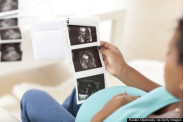 Folic acid deservedly gets a lot of pre-natal press, but babies-to-be also need iron, and they can steal mom’s stores. What’s more, many women lose a substantial amount of blood during delivery, which can lower iron counts. If you’re pregnant with multiples, have pregnancies close together or regularly vomit because of morning sickness, you may need to boost your iron intake.
Folic acid deservedly gets a lot of pre-natal press, but babies-to-be also need iron, and they can steal mom’s stores. What’s more, many women lose a substantial amount of blood during delivery, which can lower iron counts. If you’re pregnant with multiples, have pregnancies close together or regularly vomit because of morning sickness, you may need to boost your iron intake.
You have celiac or inflammatory bowel disease.
Even if you get enough iron in your diet, celiac disease and inflammatory bowel diseases like Crohn’s and ulcerative colitis can lead to problems absorbing nutrients, iron included. These conditions cause inflammation in and damage to the digestive tract.
Blood Tests for Iron Deficiency Anaemia
Iron levels should be analysed by checking the following blood levels: Serum Iron; TIBC (Total Iron Binding Capacity); Transferrin Saturation and Ferritin. If you discover you’re anaemic, supplementation can be prescribed to help.
What most doctors consider to be a normal ferritin level is, in fact, too low. Ferritin levels of 10-15 ng/mL are within the “normal” range. Many would say a ferritin level of at least 50 ng/mL is needed to help replenish hair. Ideally you should aim for 70 ng/mL. Many doctors see ferritin levels in the normal range, and don’t do anything. But the normal range is wrong, I think. The normal range for women is 10-120 ng/ML, and for men it is 30-250 ng/mL. Women with hair loss have significantly lower iron stores than women without hair loss. Surprisingly, this is particularly true for women with alopecia areata, a form of hair loss caused by auto immune responses. Iron deficient anaemia is the most common type of anaemia. There are others, like vitamin B12 and folate anaemia, which the blood test will also check for. Anaemia is an important inclusion in many differential diagnoses in trichology. Haematology largely deals with the cellular components of blood, whereas biochemistry is focused upon chemicals carried by the blood, mostly within the serum. Each pathology laboratory will have its own haematology and biochemistry labs within it. Each lab will also have a range of normal values based upon the population it serves. Analysis of blood takes only a snapshot of a dynamic process. Observing trends in levels will give a fuller picture.
Diagnosis
Anaemia arises when the oxygen carrying capacity of the blood ie haemoglobin, is reduced. This gives rise to the signs and symptoms expected of reduced oxygen availability. These include fatigue, shortness of breath, palpitations, angina pain and pallor. Anaemia is, in fact, defined as a low Haemoglobin concentration. At sea level this is <11.5g/dL for women and <13.5g/dL for men. This can be due to a reduced number of cells, reduced cell mass or dilution as in pregnancy when there is a greater volume of plasma. There are potentially many reasons for any of these scenarios. Hb concentration is found, amongst other things, on a Full Blood Count (FBC). Also listed is Mean Cell Volume (MCV). This is useful when looking for a cause for the anaemia. MCV gives a measure of the average cell size within the circulating volume of the blood. Normal range is 76-96 fL for men and women.
How to Get More Iron: Iron requirements aren’t one-size-fits-all, especially for women. Women between the ages of 19 and 50 typically need 18 milligrams per day. However, if you’re pregnant, that amount bumps up to 27 milligrams. If you’re breastfeeding, you should get just 9 milligrams. Plus, how heavy your periods are could also alter your needs. Older than 50 and not menstruating? You only need 8 milligrams per day. That’s not a hard target to hit — a single serving of lentils, spinach, beef, nuts, chicken or chickpeas will all score you at least a couple milligrams.
And when it comes to iron, more isn’t necessarily better. “While most the attention is on iron deficiency, there is a concern as well for iron overload, which studies indicate can damage internal organs and may increase the risk of diabetes, heart attack and cancer, particularly in older people,” Guy Parsons says. Try to hit your RDA of iron, but don’t worry about going above and beyond the recommendations.
IRON RICH FOODS
 Liver
Liver- Lentils
- Spinach
- Raw peaches
- Prunes
- Prune juice
- Raw or dried apricots
- Broccoli
- Potato skins
- Almonds
- Walnuts
- Parsley
- Treacle (molasses)
- Beetroot
- Red meat
- Kidneys
Volume-ise / Hairfood Active Botanicals


GINGKO
Working with Kigalia and Clary as an original blend of 3 plants acting synergistically and allowing scalp toning and limiting hair loss. They act on factors avoiding hair loss including 5-alpha-reductase inhibition, scalp microcirculation improvement and to decrease inflammation contributing to Seborrhoea (oiliness) which can block scalp follicles inhibiting growth.
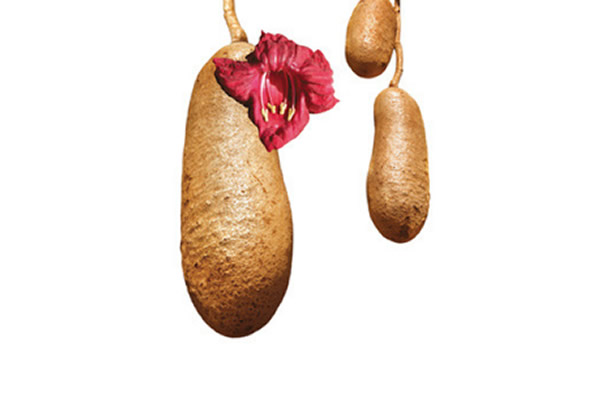

KIGALIA AFRICANA
Working with Gingko and Clary as an original blend of 3 plants acting synergistically and allowing scalp toning and limiting hair loss . They act on factors avoiding hair loss including 5-alpha-reductase inhibition, scalp microcirculation improvement and to decrease inflammation contributing to Seborrhoea (oiliness) which can block scalp follicles inhibiting growth.
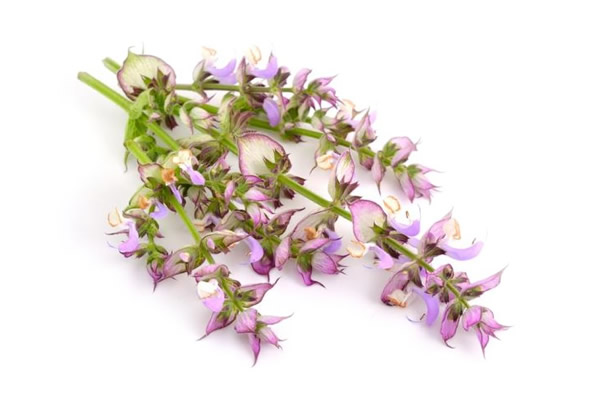

CLARY
Working with Kigalia and Gingko as an original blend of 3 plants acting synergistically and allowing scalp toning and limiting hair-loss. They act on factors avoiding hair loss including 5-alpha-reductase inhibition, scalp microcirculation improvement and to decrease inflammation contributing to Seborrhoea (oiliness) which can block scalp follicles inhibiting growth.
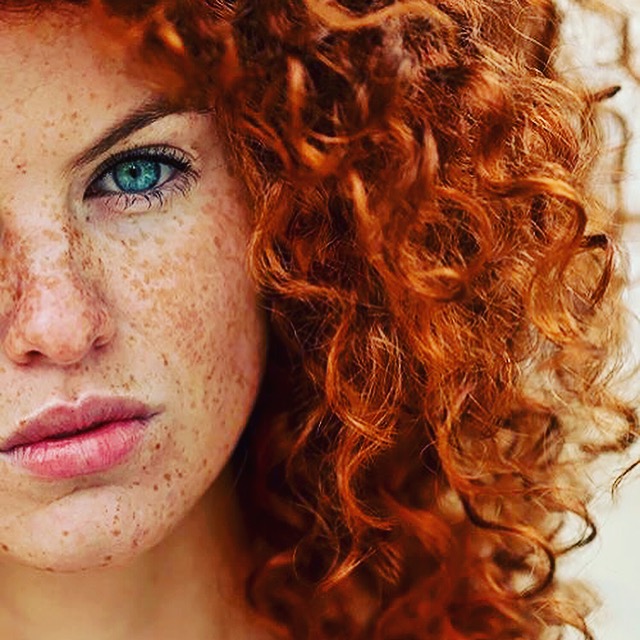
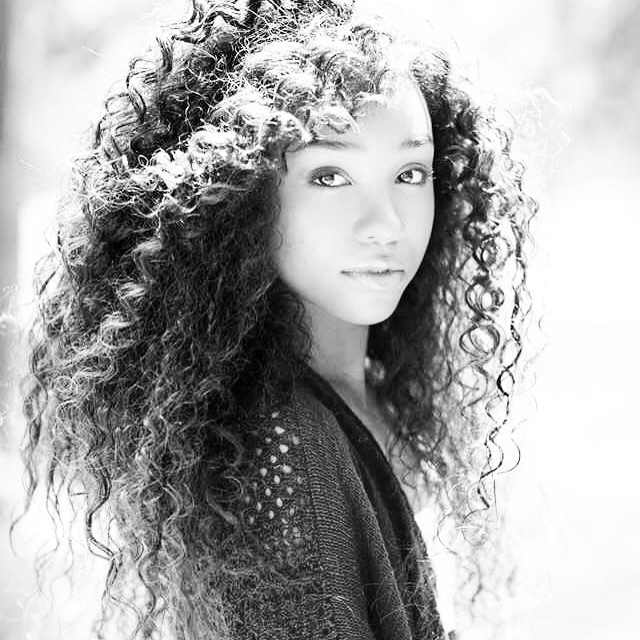
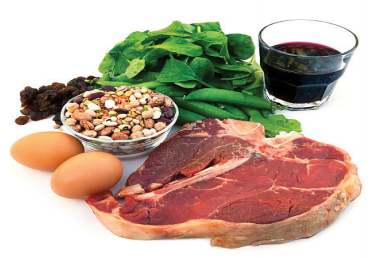
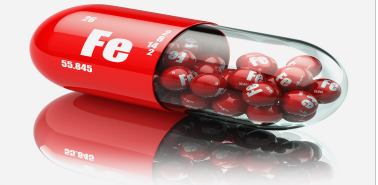 Hair Loss May Be a Symptom of Serious Illness
Hair Loss May Be a Symptom of Serious Illness
